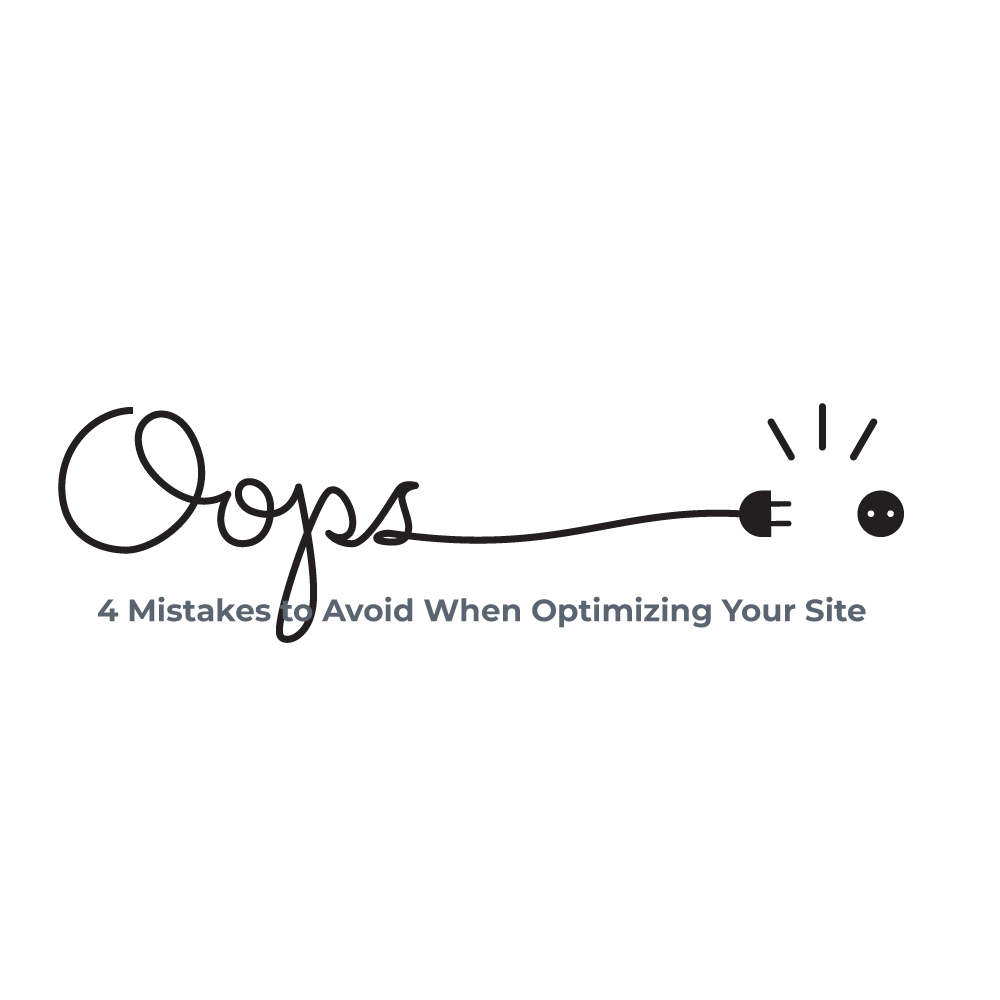There’s no such thing as too much traffic. High-traffic site owners are constantly conducting tests (such as A/B testing) to ensure the highest lead turnover for their sites. This typically includes tweaking various factors from page load time and ad displays to overall navigation and design. And with so much information on the internet surrounding how to optimize, it’s important to know which things may have adverse effects on your sales. Let’s explore these.
- Making all of your calls to action (CTA) one specific color. When it comes to getting visitors to click the “buy now” button, one of the most common suggestions by marketers to make your CTAs “stand out” is with one of the two most commonly used sales-enticing colors: red or green. And while these colors have earned their spot for eliciting purchases amongst consumers, it’s important to note that CTA color alone won’t guarantee a sale. The more important element to remember when creating your CTAs is that it should easily stand out from the rest of the content on the page. You never want your users to have to guess where to go to make a purchase. Your content should naturally lead them to these action buttons. CTAs that stand out by way of their size, location, and contrasting color will be easily noticeable and more likely to yield better conversion results.
- Asking for too much too soon. As an online marketer, getting visitor details is important in terms of lead generation. However, one common mistake made by marketers is expecting them to provide their entire buyer profile upfront. Surely, you’ve seen the sites that have a dozen or more form fields that await you when you sign up for a free resource or purchase a product for the first time. This can be a major turnoff, especially to first-time visitors. Instead of trying to establish a profile this early in your sales process, aim to only get the information absolutely needed to obtain the signup or sale (i.e., name, email, payment details, etc.). Once they’ve completed an action on your site, you can engage them further to build their buyer profile.
- Lumping the good stuff at center stage. It’s a natural tendency to want to throw all of the good stuff at the top middle section of your pages. Why? Because you want your visitors to be impressed by the best content that you have to offer. However, this doesn’t always translate into higher engagement and more conversions. The problem with this approach is that it can cause users to leave the page quickly, resulting in high bounce rates. If visitors have no incentive to scroll down to view more headlines, pan to the left or right to check out product offerings, or check out other engaging content, what will keep them on the page once the “big show” is over? An optimized site is one that has a well-thought-out navigational structure and is successful in leading visitors to other content, be it on the page or on other pages on the site.
- Showing review sections without reviews. This is often seen with brands that are new or have new product offerings. And while social proof will always have its place as an effective conversion tool, a lack of reviews can backfire and negatively affect your conversion rates. No reviews can often be seen as an indication that your product (or brand) isn’t as desirable as other products and brands in the marketplace. Of course, you always can create fake reviews, which many marketers do. However, real reviews from verified buyers and industry leaders/influencers will always be more convincing in the minds of potential buyers.
Ongoing testing is the best way to gauge which elements may be hindering your conversion rates. It can also be helpful to switch things up every now and then to see what new approaches or ideas can enhance your site’s design. You’ll be surprised by how the smallest tweaks can affect your bottom line.
